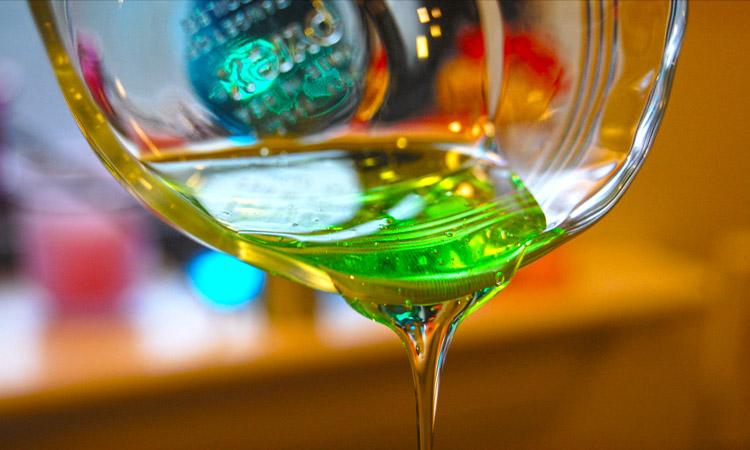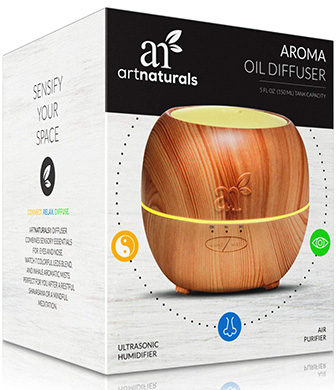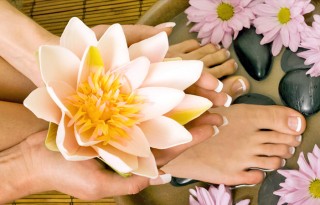
-

Essential Oils Aromatherapy involves essential oils extracted from plants, herbs, flowers, tree barks and roots in order to enhance one’s mood and health through direct application on the skin and/or through inhalation. Essential oils are not recommended for use in their pure concentrated form because they are very powerful and can cause more harm than benefit. Here are some aromatherapy blending basics that will help you create your own unique scents at home as and when you desire. Essential Rules Aromatherapy blending is achieved by first and foremost determining the base. The main types to consider are floral, spicy, woody, medicinal, herbaceous and oriental. After you have determined what the base will be you need to decide on the use you are going to have from the aromatherapy blending you are about to prepare. Some of the common uses include medical purposes such as relieving cough, massage or simply to enhance the aroma in a room. The base essential oil in any aromatherapy blending should be anywhere from 1 to 3 per...read more -
Essential Oils Essential oils are actually extracts from certain plants, trees, and fruits using a technique called distillation. Since plants contain such a small amount of extract, several pounds of plants are needed to provide a small bottle to consumers. The essential oils are then refined and distilled and packaged in containers that help maintain the scent and fragrance for a good amount of time. The following is a list of treatments and extract procedures that produce the essential oils for our use in aromatherapy or creams. Steam Distillation Steam distillation is the most popular and the oldest distillation process available. Old time, traditional aromatherapy professionals believe this method is the best way to produce the most quality extracts. This system takes dried or fresh plants and places them into a steam chamber. The steam is put under pressure and then circulated in and out of the plant material. The heat from the pressurized steam causes the plantís cellular structure to open and the essential oils pour into a holding container. This...read moreHow Essential Oils are Made
By admin on July 18, 2019 -

Essential Oils Essential oils are extracted from living plants and trees. When essential oils are used appropriately, most can be used at home safely, enjoyably, and with beneficial effects. Keep the following seven things in mind if you want to try aromatherapy at home. Most essential oils should never be applied directly without diluting them. Only lavender and tea tree oil are exceptions to this rule. Essential oils are flammable, so use extreme caution around flames and heat sources. If you use a burner to diffuse the oil, put water in the burner first. The essential oil will enter the air as the water evaporates. Essential oils are for external use only. On very rare occasions, a qualified aromatherapist may prescribe essential oils by mouth. Some essential oils can be very toxic if swallowed. Even essential oils that have a therapeutic effect when diluted in certain oral treatments like mouthwash should not be swallowed. Keep all essential oils out of the reach of children. If you want to use essential oils during...read moreEssential Oils: Seven Things You Should Know
By admin on July 7, 2019








